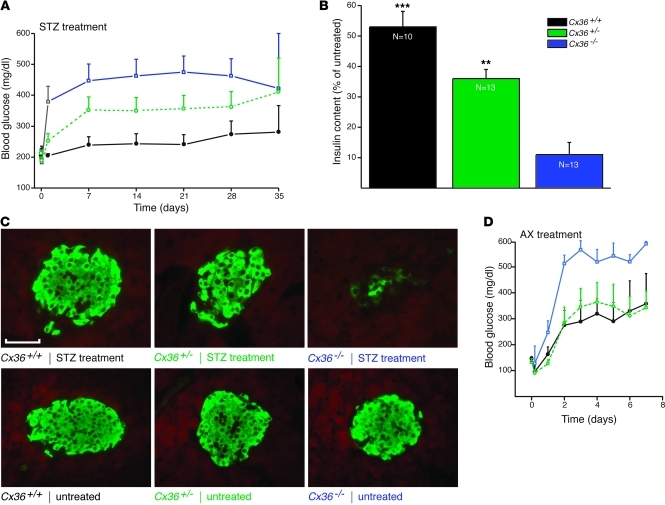Figure 1. Mice lacking Cx36 are sensitized to the toxic effects of STZ and AX.
(A) A single injection of 200 mg/kg STZ induced mild hyperglycemia in control Cx36+/+ mice (black; n = 9). This hyperglycemia was more pronounced in Cx36+/– (green; n = 14) and Cx36–/– (blue; n = 14) littermates, which expressed reduced and nil doses, respectively, of the Cx36 gene. (B) 5 weeks after STZ injection, pancreatic insulin content was highest in control Cx36+/+ mice, lowest in Cx36–/– mice, and intermediate in Cx36+/– mice. Values are expressed as percent of untreated; n as indicated. **P < 0.01, ***P < 0.001 versus Cx36–/–. (C) At the same time point, the proportion of surviving β cells, identified by insulin immunostaining, was highest in Cx36+/+, lowest in Cx36–/–, and intermediate in Cx36+/– mice. Compared with insulin staining of corresponding untreated mice, STZ-treated Cx36–/– mice revealed major loss of β cells. Scale bar: 120 μm. (D) A single injection of 60 mg/kg AX induced sustained hyperglycemia in Cx36+/+ (black; n = 4) and Cx36+/– (green; n = 4) mice. This hyperglycemia was significantly more pronounced in Cx36–/– littermates (blue; n = 5). All data are mean ± SEM.

